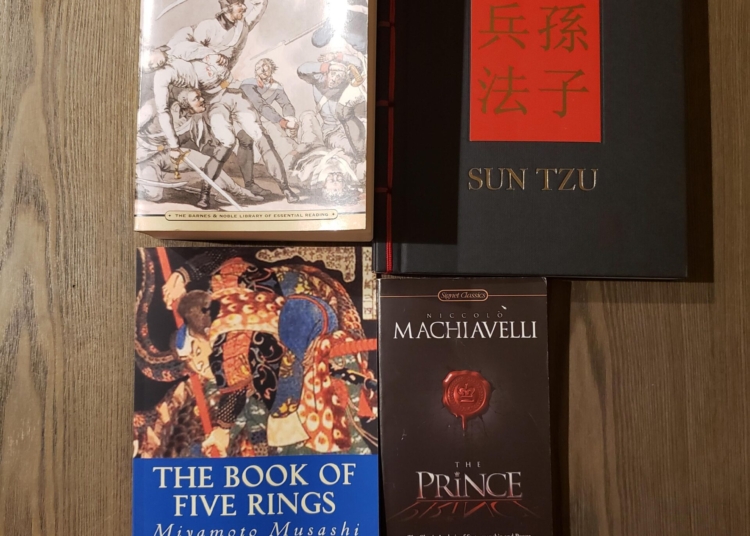Sun Tzu’s “The Art of War” is a revered classic of military literature, offering timeless wisdom on strategy, tactics, leadership, and decision-making. In this article, we delve into key principles from the ancient text and analyze how they can be applied to modern military strategy. Emphasizing careful planning, intelligence gathering, and deception, Sun Tzu’s teachings remain relevant in today’s conflicts. By understanding the terrain, assessing strengths and weaknesses, and maintaining adaptability, military leaders can gain a significant advantage on the battlefield. “The Art of War” not only provides insights into warfare but also valuable lessons for leadership, communication, and decision-making. Across centuries, its teachings continue to guide and inspire military leaders worldwide.
# The Art of War: Analyzing Classics of Military Literature
Sun Tzu’s “The Art of War” is a timeless masterpiece that continues to be highly regarded as a classic of military literature. Written over 2,500 years ago in ancient China, Sun Tzu’s wisdom on strategy, tactics, and leadership remain relevant even in today’s modern world. In this article, we will delve into the key principles and lessons from “The Art of War” and analyze how they can be applied to military strategy and decision-making.
## Understanding the Principles of The Art of War
One of the central themes of “The Art of War” is the importance of careful planning and strategic thinking in military campaigns. Sun Tzu emphasizes the need for thorough intelligence gathering, understanding the terrain, and assessing the strengths and weaknesses of both your own forces and the enemy. By carefully studying these factors, a military leader can develop a clear and effective strategy that maximizes their chances of success.
Another key principle of “The Art of War” is the concept of deception and surprise. Sun Tzu advocates for using feints, misdirection, and other tactics to keep the enemy off balance and exploit their weaknesses. By keeping the enemy guessing and constantly adapting to their movements, a skilled military leader can gain a significant advantage on the battlefield.
## Applying The Art of War in Modern Military Strategy
While “The Art of War” was written in a different time and context, its principles can still be applied to modern military strategy. For example, the concept of understanding the terrain and the enemy’s strengths and weaknesses is just as important today as it was in ancient China. Military leaders must carefully analyze the battlefield, assess the capabilities of their own forces, and identify the vulnerabilities of the enemy in order to develop a successful strategy.
Likewise, the idea of deception and surprise remains a key element of modern military tactics. Through the use of misinformation, cyber warfare, and other tactics, military leaders can sow confusion and uncertainty among the enemy, making it difficult for them to anticipate and counter their moves. By constantly adapting and evolving their strategy, military forces can gain the upper hand in any conflict.
## Lessons for Leadership and Decision-Making
In addition to strategy and tactics, “The Art of War” also offers valuable insights into leadership and decision-making. Sun Tzu emphasizes the importance of strong leadership, clear communication, and decisive action in military campaigns. A skilled leader must inspire and motivate their troops, maintain discipline and morale, and make tough decisions under pressure.
Furthermore, Sun Tzu warns against arrogance, complacency, and overconfidence, all of which can lead to defeat on the battlefield. Instead, he advises military leaders to be humble, cautious, and constantly vigilant, always seeking to improve and adapt their strategies as the situation evolves.
## Conclusion
“The Art of War” is a timeless classic that continues to be studied and revered by military leaders and scholars around the world. Its principles of strategy, tactics, leadership, and decision-making are as relevant today as they were in ancient China, offering valuable insights for anyone interested in the art of warfare. By understanding and applying the lessons of “The Art of War,” military leaders can develop clear and effective strategies, make sound decisions under pressure, and ultimately achieve victory on the battlefield.













